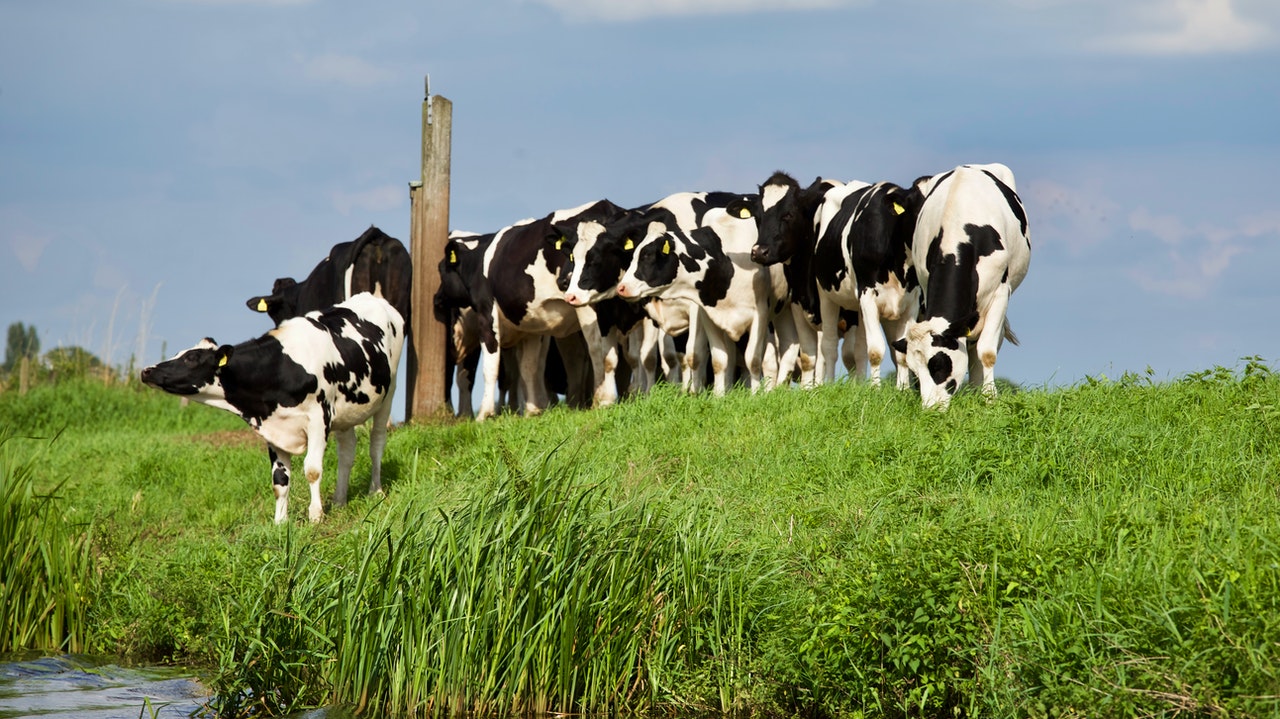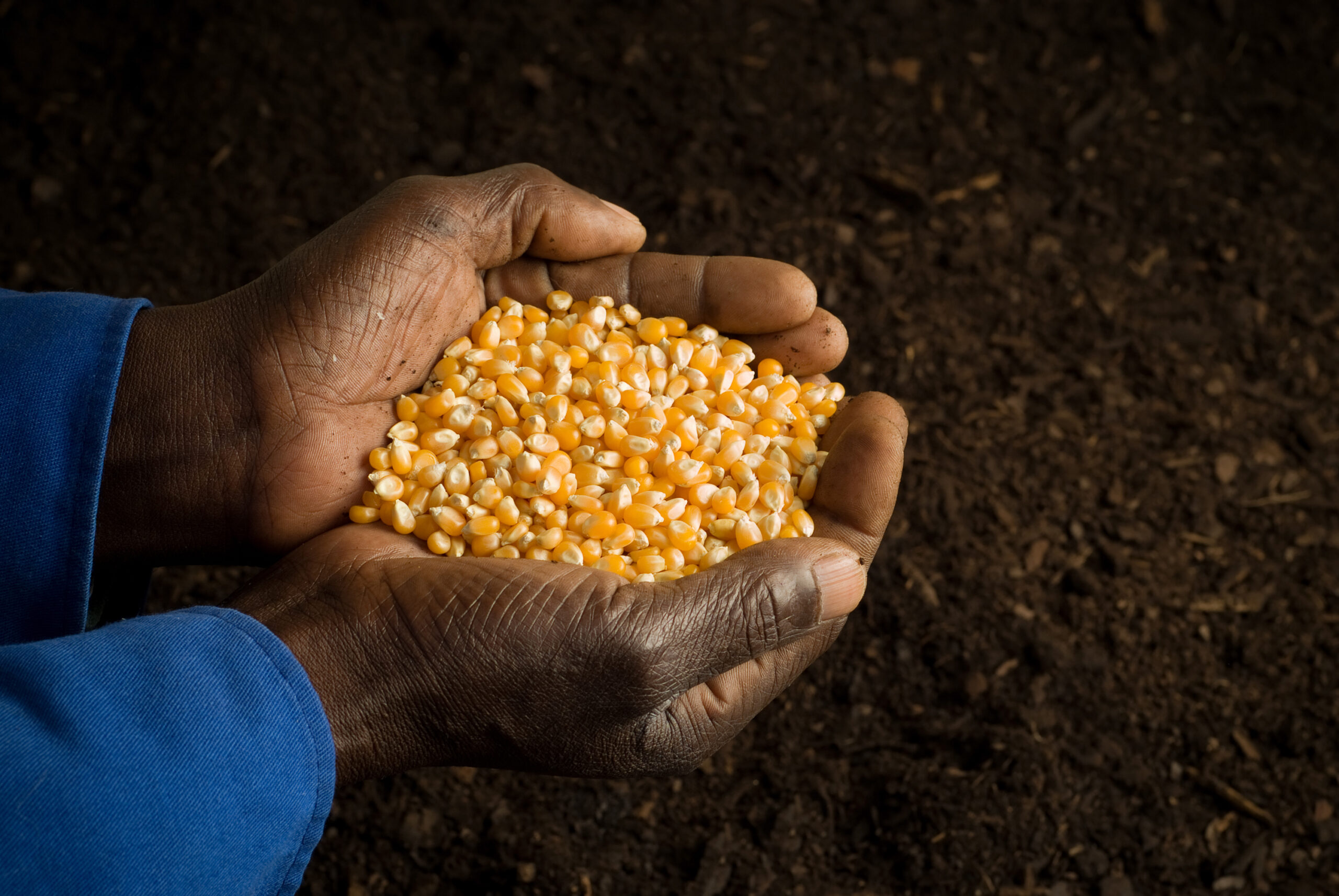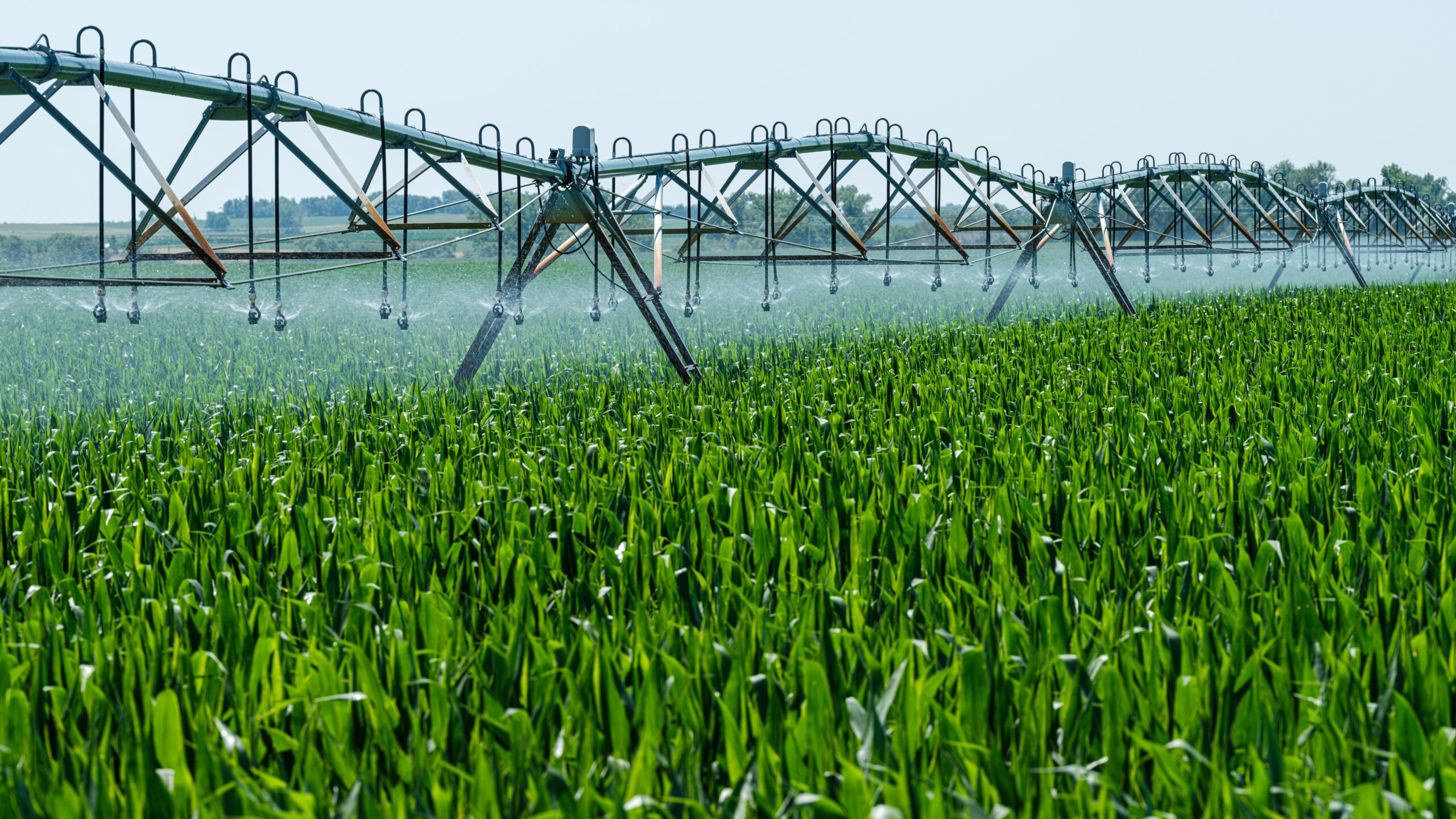The future of farming in South Africa
Farming is a thriving, robust and diverse sector in South Africa, consisting of both commercial and subsistence farms. It can take place across a wide range of climatic scenarios, however, the right climate conditions are essential for determining how successful South Africa’s farms will be in the future. This is especially the case for smallholding farms and those on rural homesteads.
However, farming in South Africa is under threat from climate change. Scientists and the government warn that rising temperatures could devastate agriculture for both crop and livestock farmers.
The expanse of South Africa’s agricultural sector
South Africa has approximately 32,000 commercial farmers, of which between 5,000 and 7,000 produce approximately 80 per cent of agricultural output, according to the International Trade Administration. The country also has one of the most diverse agricultural sectors globally too, with corporate and private intensive and extensive crop farming systems. In 2020, South Africa’s farming sector grew more than any other economic sector, at a growth rate of 13.1 per cent.

Key crops farmed in South Africa
Maize
The grain industry produces between 25 to 33 per cent of South Africa’s total gross agricultural output, according to the country’s Department of Agriculture, Forestry and Fisheries. This makes grain production one of the largest industries in the country. Maize, specifically, is the biggest field crop produced in South Africa, and the country generates most of the maize consumed in the southern African region. The largest portion of farmland in South Africa is planted with maize.
Roughly 9,000 commercial maize farmers produce the majority of the maize farmed in South Africa. Small-scale farmers produce the rest of it.
Sugar
South Africa has vast sugarcane farmlands, where about 2.5 megatonnes of sugar are produced every season. In fact, it is the 13th largest producer of sugar worldwide. About 50 per cent of the sugar grown in South Africa is sold in the southern African region, while the rest is exported to other parts of the continent, the Middle East, North America and Asia.
Wine
South Africa is famous for its wines, and with over 300 million vines, it is the ninth biggest producer of wine globally. There are about 4,000 wine producers, and they employ about 60,000 people in the country. South Africa’s wine lands extend over approximately 110,000 hectares of land.
Livestock
Livestock is the biggest agricultural sector in South Africa. There are approximately 14 million cattle and 30 million sheep in the country, and several other animals are farmed. South African farmers also farm poultry, pigs, wild game and goats. About 85 per cent of South Africa’s meat needs are met by its own farmers, while the rest is imported.
The dairy industry is one of the most important industries in the country regarding job creation. The four types of dairy cattle farmed are Holstein, Jersey, Guernsey and Ayrshire. 4,000 milk producers employ over 60,000 farmworkers. The industry has created about 40,000 indirect jobs too. However, livestock is a significant contributor to global warming as methane, a powerful greenhouse gas, comes from livestock.

Types of farming in South Africa
With its highly diversified farming sector, South African farmers use a variety of farming methods. Among others, farming methods in South Africa consist of:
1) Intensive farming
Intensive farming is when farmers increase their output per hectare by increasing the amount of money and labour spent compared to the size of the area they use to farm. These farms are typically associated with mechanised production, and they are smaller than farms where farmers use extensive production. With intensive production, animals are stocked closely together. Indeed, it is not uncommon for farmers to keep cows in housing instead of letting them roam outside.
2) Extensive farming
Livestock farmers that practice extensive farming keep their animals on vast tracts of land, typically up to a few thousand hectares. For example, dairy cows might be raised on pastures and fed additional feed when milked. The number of animals kept is dependent on how many animals the land can support, with farmers trying to keep the amount of feed they need to purchase to a minimum.
Extensive crop farming systems in South Africa
Extensive farming can be used for some crop farming, in addition to animal production. Apart from taking up large areas of land, extensive crop farmers use minimal synthetic elements, like fertilisers, and rely on natural solutions to produce yields. South Africa’s extensive crop farming systems include grain, nuts, fruit and vegetables.
3) Free-range farming
Free-range refers to animals free to roam as they please and as they would in the wild. Some forms of extensive farming can also be considered free-range.
Free-range farming is often impractical and can result in the animals being neglected. Therefore, free-range livestock can typically spend only a portion of their day outside. These animals are not strictly roaming freely either, as their movement is most likely restricted by fencing. Additionally, they may only have limited access to outside spaces and spend the majority of their time in small spaces. Therefore, some farmers have abused the term “free-range” when marketing their products. As a result of this abuse, industry bodies are increasingly regulating the use of the term for marketing purposes.
4) Regenerative agriculture
Crop farmers who practice regenerative agriculture consider the soil a living ecosystem. This involves nurturing it rather than treating it as just a means with which to grow plants. It is a form of conservation farming, where farmers try to minimise the use of pesticides and synthetic fertilisers.
These farmers might use animals to manage the soil – rather than keeping them away from crop-growing land – and usually cover the soil to reduce evaporation. This also creates a habitat for organisms beneath the surface of the earth to thrive. This technique is still relatively new in South Africa, but trials are underway to test whether regenerative farming could be feasible for South African farmers in the future.
Impact of South African climate on farming
Southern Africa is warming at a faster rate than the rest of the world on average, with an increase in temperature of approximately 1°C over the last century. In some places, daily temperatures have increased by up to 3-4°C since the middle of the 20th century. Scientists estimate that temperatures in southern Africa will warm between 2⁰C and 5⁰C by 2100. This altering of South African climate ranges will affect farming, resulting in food insecurity for the country.
Farming in South Africa is sensitive to climate change. Livestock cannot breed in overly hot climates, while many crops – especially cereals – struggle to grow in these conditions. Not only will increased temperatures make the weather hotter, but these climate changes will also affect rainfall patterns. Changing rainfall patterns have already reduced water supply in South Africa, with longer periods of dryness and increased heat increasing evaporation.
Plants rely on a delicate balance of heat, moisture and sunlight to grow. Animals also rely on this balance, and climatic changes can expose animals and crops to pests and diseases.
The future of farming in a warming South African climate
Global warming aside, farming in South Africa is already under pressure. South Africa will need to increase the amount of food it produces by an estimated 50 per cent by 2050 if it is to feed its population, estimated to be about 73 million people by this point.
Therefore, farmers in South Africa will need to adapt to the severe risk that climate change poses. Scientists say that there are a number of things that farmers can do to prepare. This includes:
- Planting crops that are less sensitive to drought and extreme heat
- Diversifying their farming activities by branching out into agro-tourism, for example, to avoid losing income if their crops fail
- Using conservation farming methods to preserve the moisture and quality of the soil
The South African government also recommends different approaches for commercial and rural farmers. Commercial farmers need to focus on increasing their output sustainably. Rural farmers need to explore climate-resilient practices or even diversify their incomes to make a living if they can no longer farm.
Farmers will require climate advice and early warning systems for extreme weather events, like fires. Ultimately, climate scientists, government and farmers will need to work together to prepare the sector for the changes to come.
Related Articles
Climate change, hunger and South Africa’s future
A new climate change impact synthesis report highlights the effects of climate change on South Africa and its impact on people’s lives.
Advancing agriculture through green energy
If it were not for the ingenuity of South African farmers who make alternative green energy plans, the entire agricultural sector would be under much more pressure.




